Check out before these deals are gone!


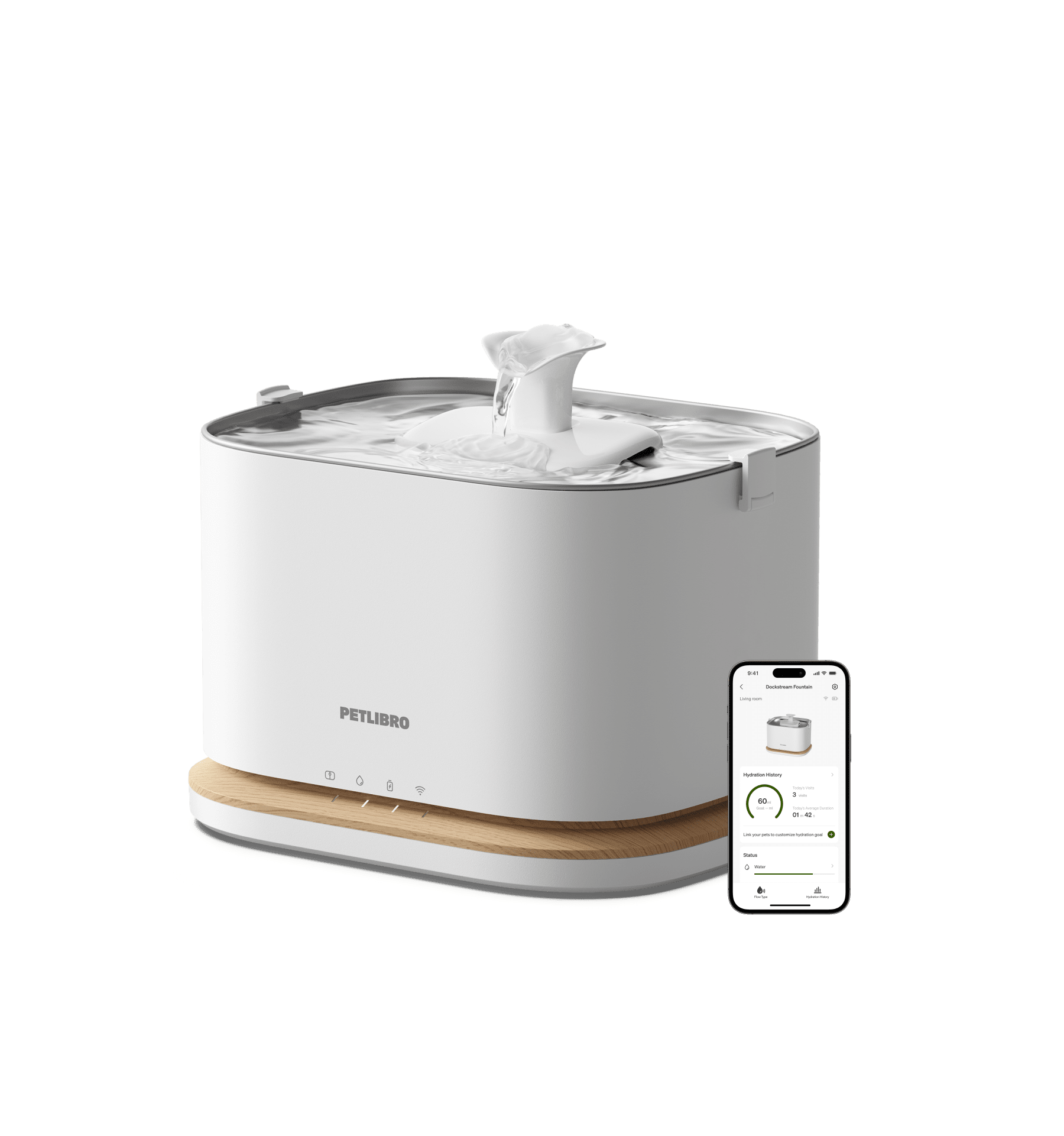
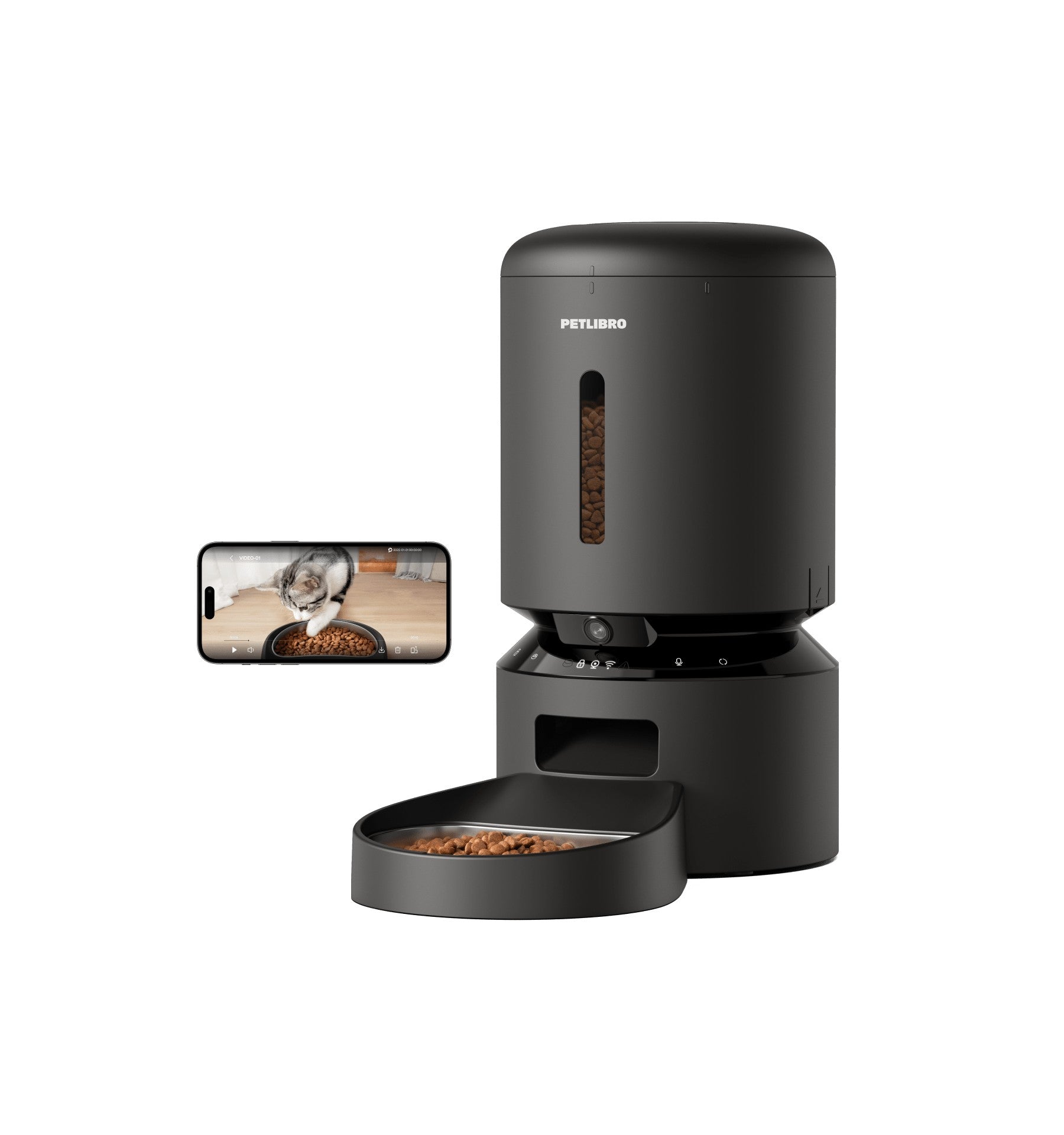
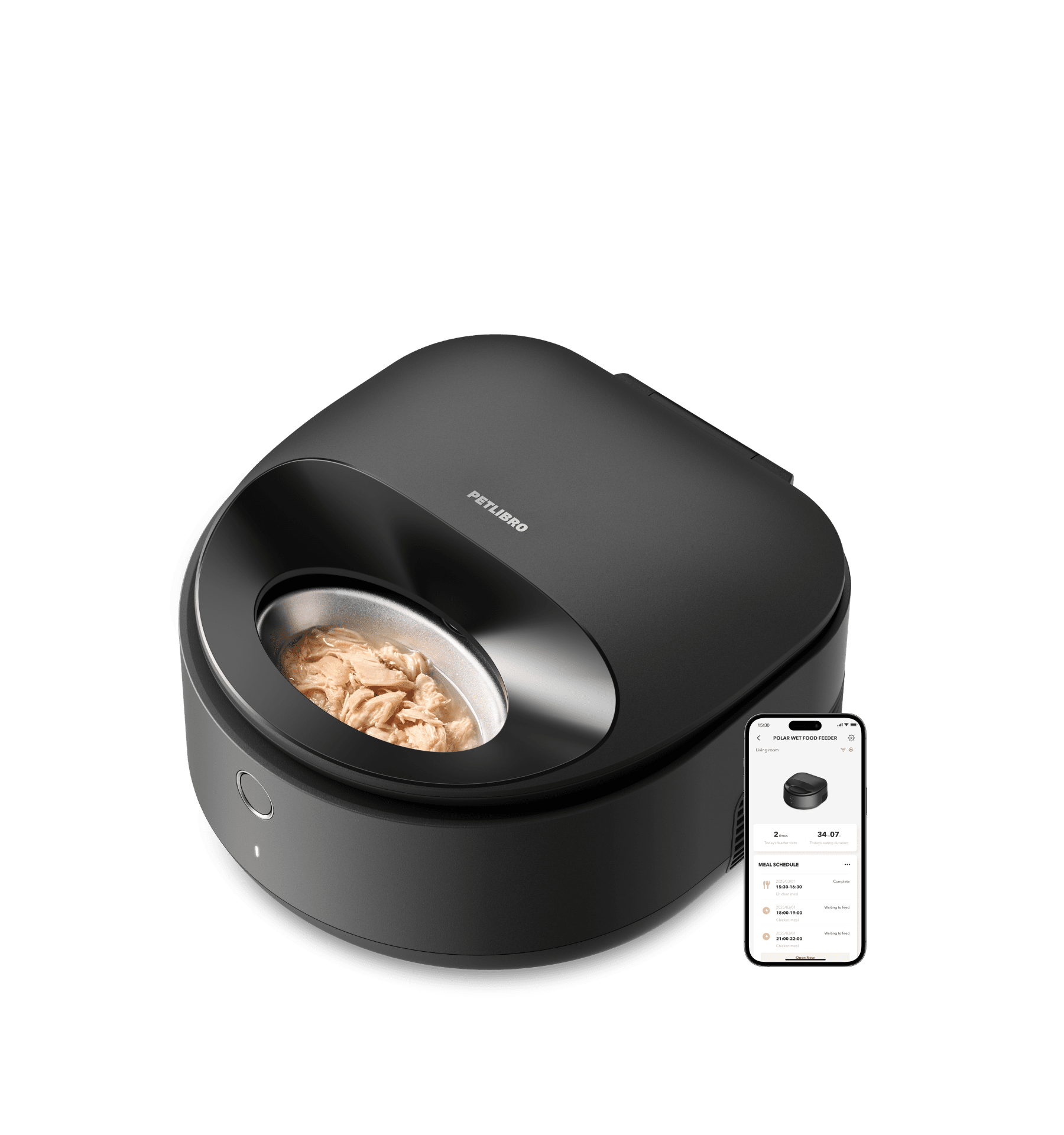
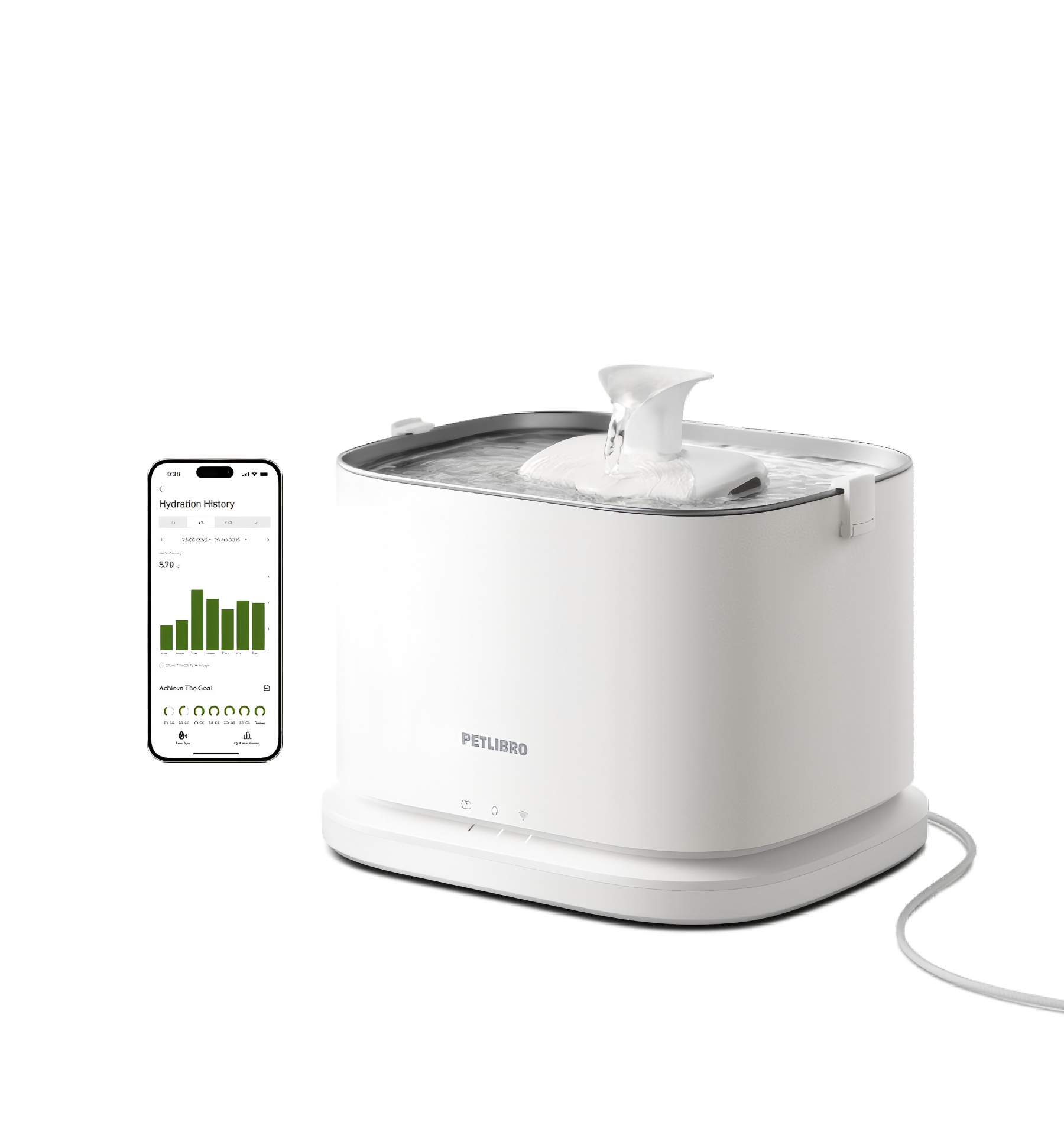
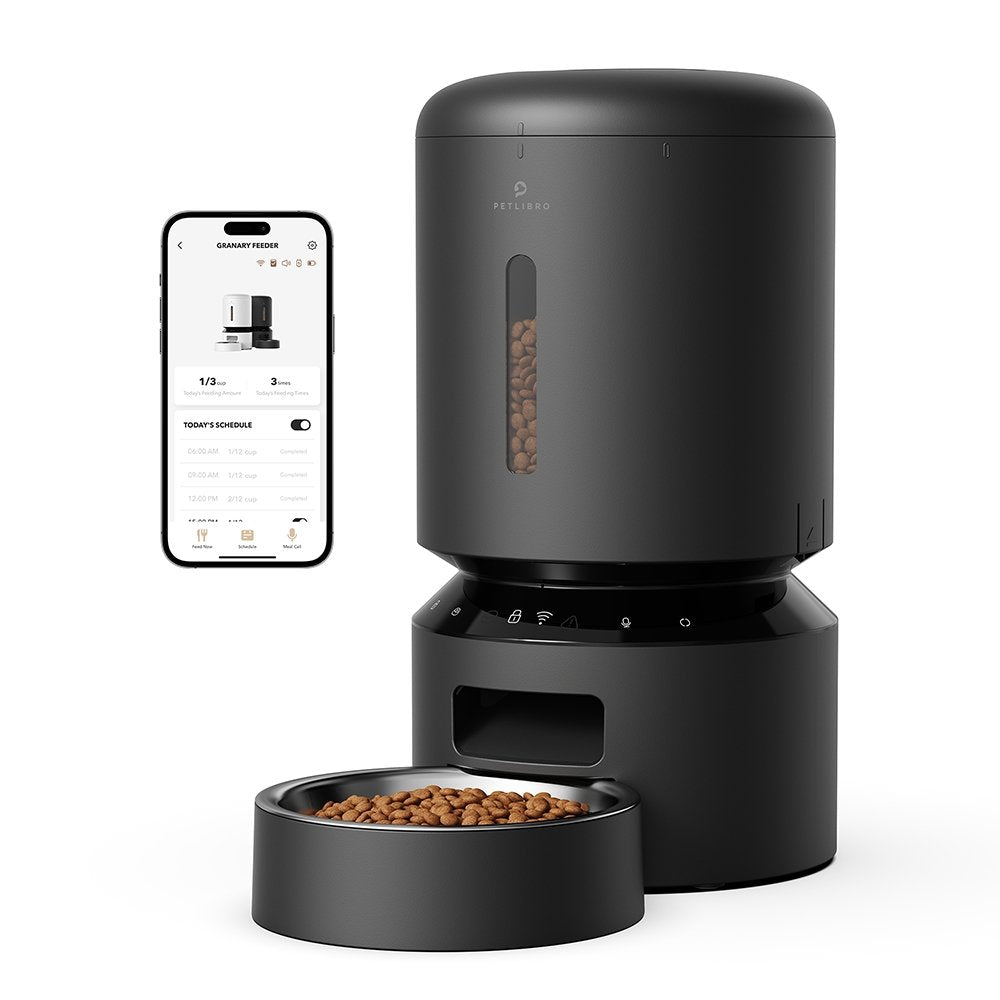
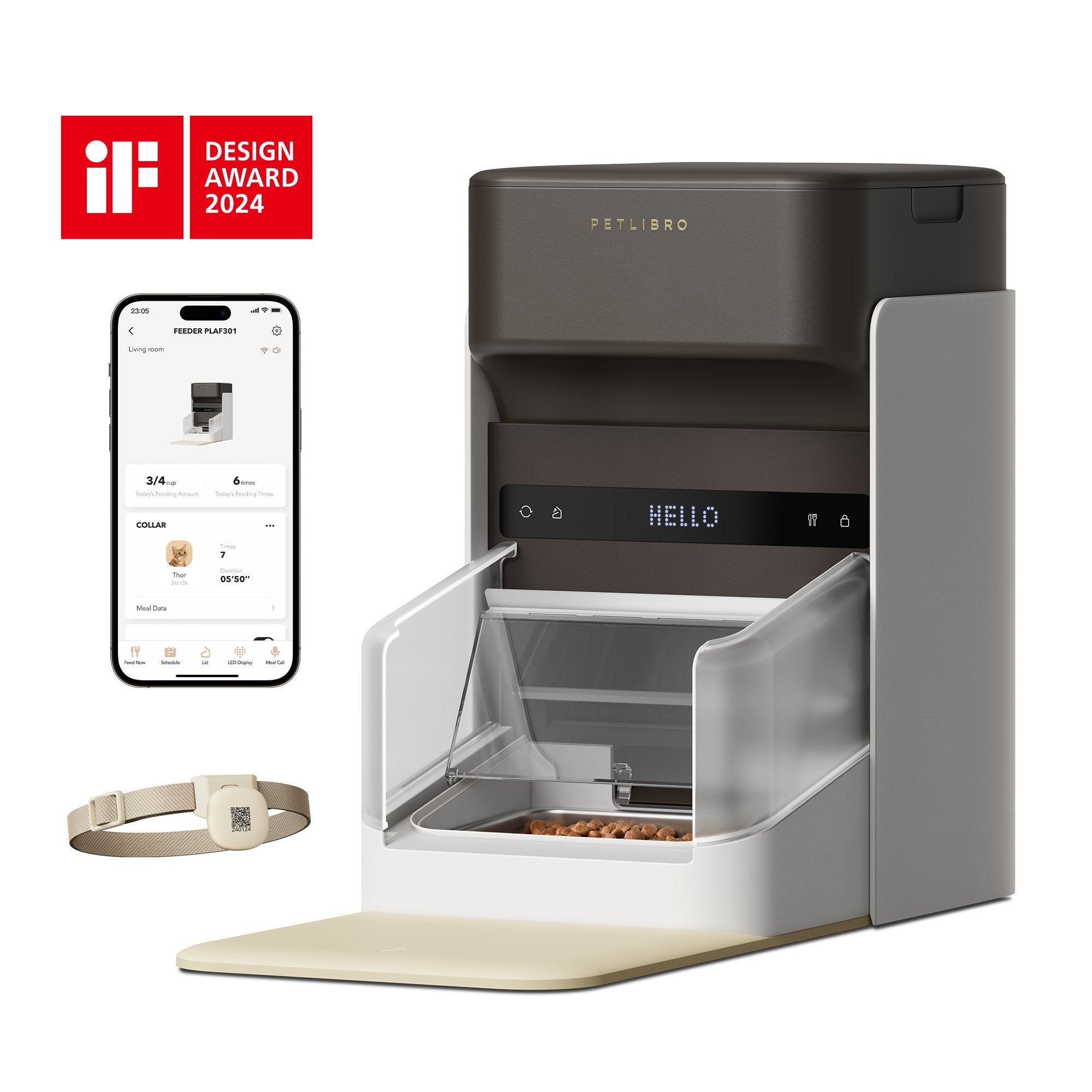
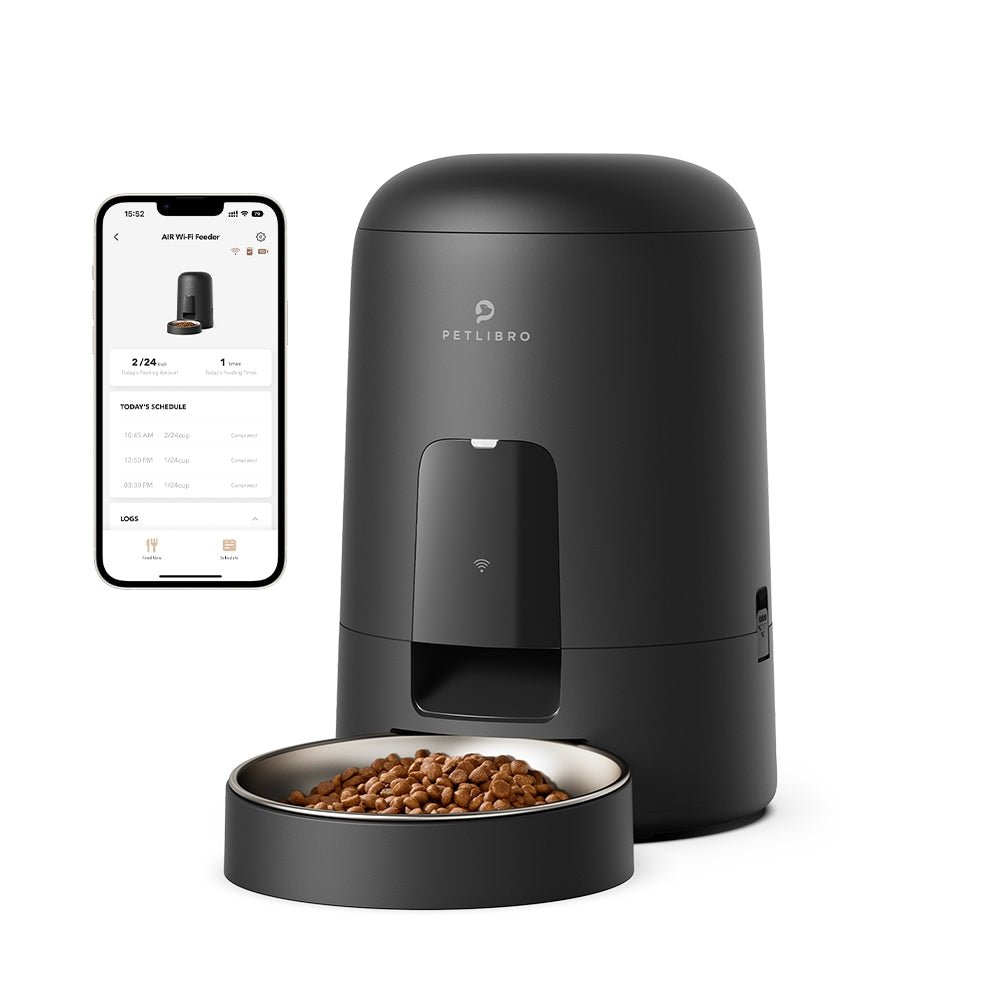






















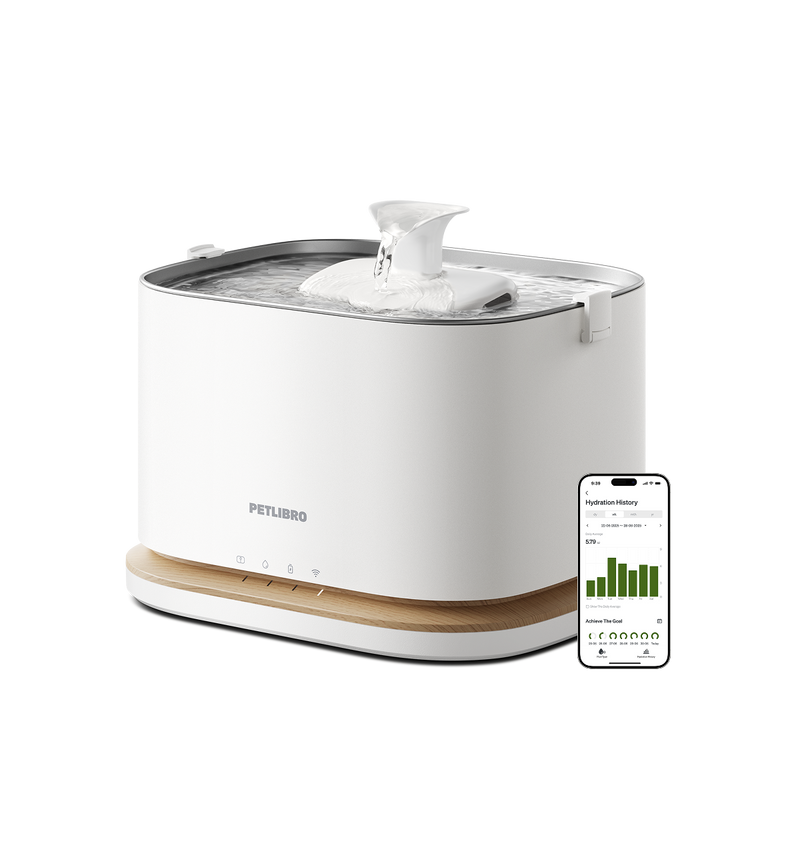
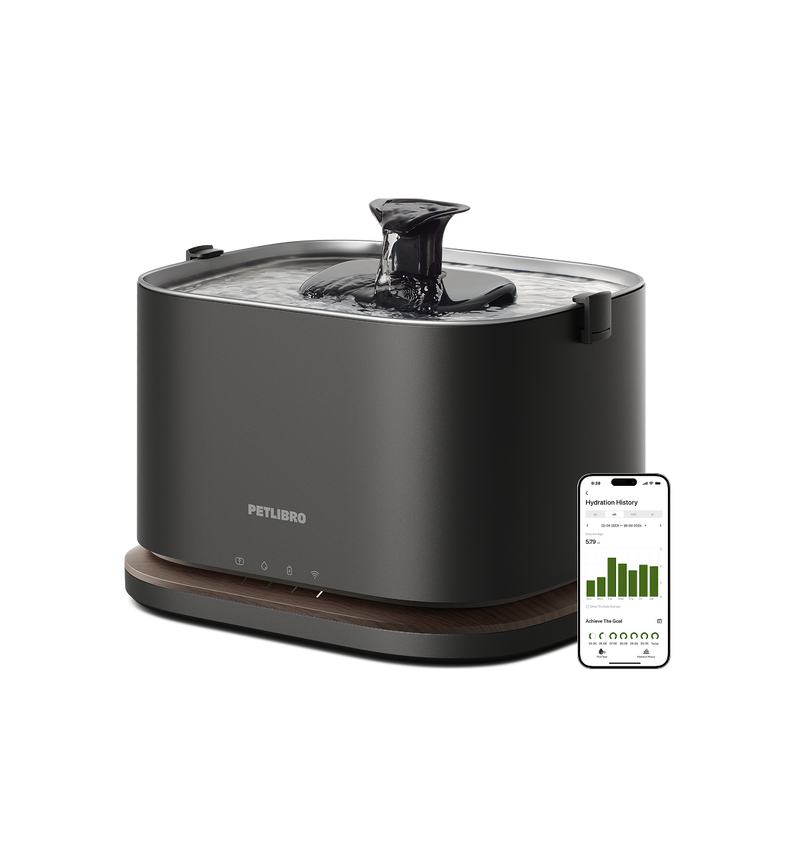
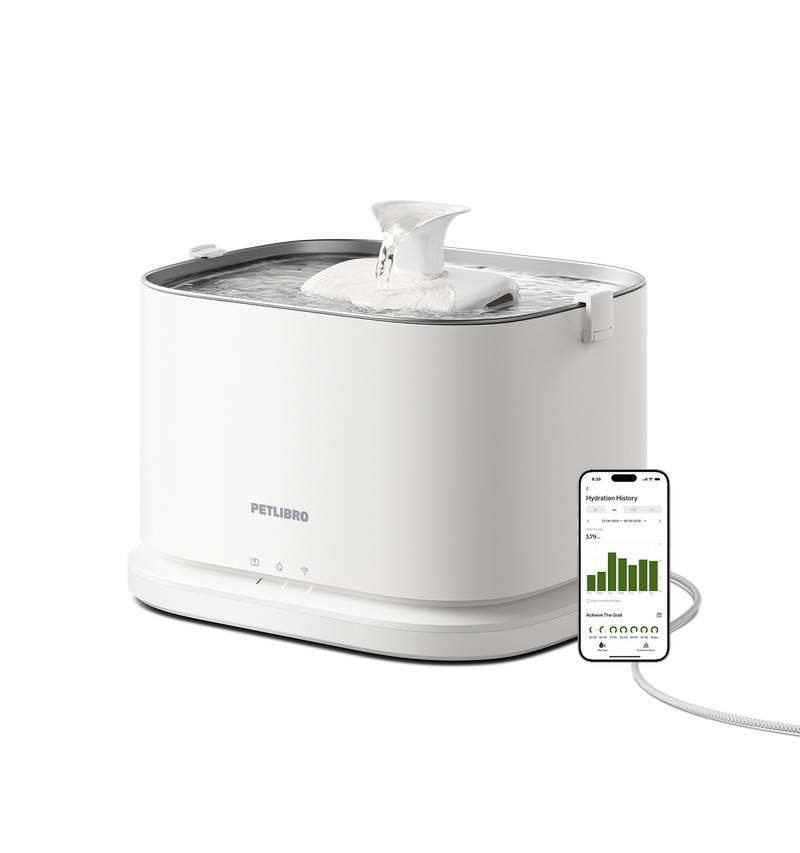
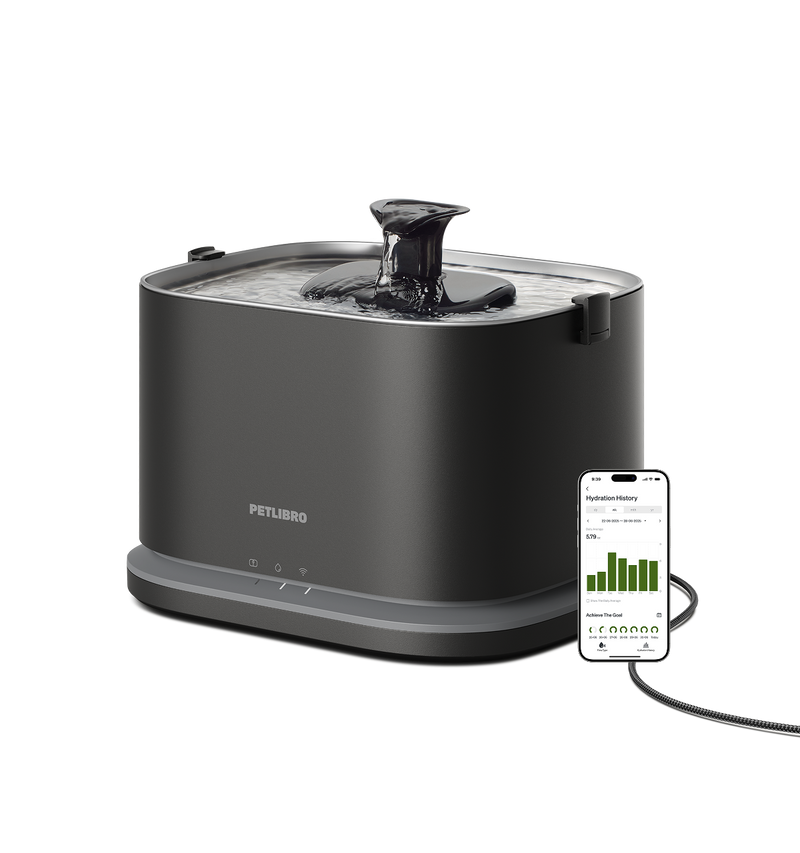










By subscribing, you agree to receive email marketing from Petlibro. Privacy Policy | Terms of Service


Code is valid for 48 hours for one order only. Code cannot be combined with other codes. Accessories are excluded.
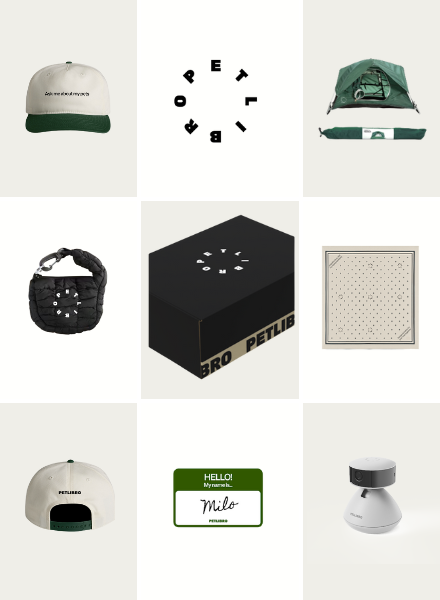
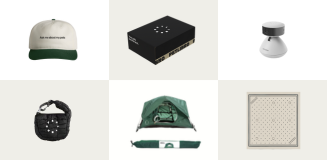
Open to legal U.S. residents, 18 years or older. Void where prohibited. Giveaway begins on 08/26/2025 and ends on 09/15/2025 at midnight PST. Three winners will each receive a limited-edition Petlibro PR Kit, which includes the Scout Smart Camera and select branded merch. Winners will be chosen at random and notified via Instagram or email (depending on entry format) by 09/30/2025. If a winner does not respond within 48 hours, another may be selected. Odds of winning depend on the total number of eligible entries received. Only one email entry per person will be counted, though additional entries may be submitted through the bonus methods described above. Petlibro is not liable for any issues that arise from participation or use of the prize. Personal information will be collected and handled in accordance with our Privacy Policy.


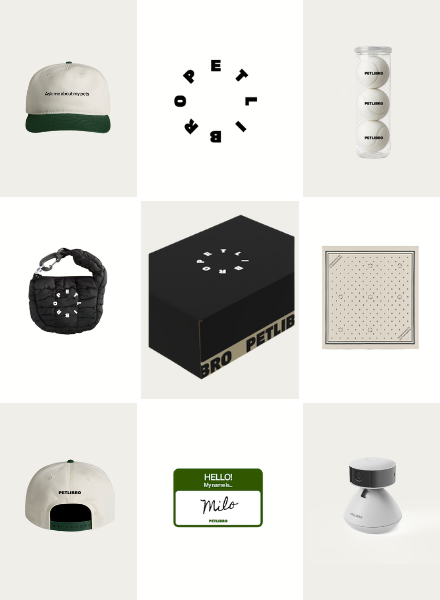
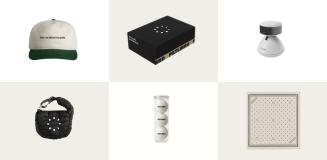
Open to legal U.S. residents, 18 years or older. Void where prohibited. Giveaway begins on 08/26/2025 and ends on 09/15/2025 at midnight PST. Three winners will each receive a limited-edition Petlibro PR Kit, which includes the Scout Smart Camera and select branded merch. Winners will be chosen at random and notified via Instagram or email (depending on entry format) by 09/30/2025. If a winner does not respond within 48 hours, another may be selected. Odds of winning depend on the total number of eligible entries received. Only one email entry per person will be counted, though additional entries may be submitted through the bonus methods described above. Petlibro is not liable for any issues that arise from participation or use of the prize. Personal information will be collected and handled in accordance with our Privacy Policy.


In the complex world of feline health, the focus often falls on nutrition, exercise, and regular veterinary visits. One aspect of cat health, however, that often slips under the radar, is hydration.
However, cats, by nature, are finicky drinkers with a low thirst drive. This often makes supplying them with the right amount of fresh water a challenge. In this case, water fountains are increasingly advocated by vets as an essential means to ensure feline hydration.
Well, before we move on to water fountains, we need to figure out why some cats hate normal water bowls. In the wild, cats lean towards flowing water over stagnant sources, as it's usually cleaner and safer. That can also explain why cats are obsessed with water from faucets. Moreover, cats are particular about the cleanliness of their drinking area, which may originate from their desert origins. A bowl may become contaminated with dust, food particles, or even their own fur, deterring them from drinking.
Vets often encourage measures that increase a cat's water intake, for they believe water from a fountain led to greater water intake in cats when compared with water in a standard bowl. Water fountains cater to the unique natural instincts and behaviors of cats, providing several benefits:
By addressing the natural instincts of cats and promoting increased hydration, water fountains serve as a practical solution to many common issues faced by cat owners. However, it's essential to note that the advantages of water fountains can depend on the specific needs, behaviors, and preferences of each cat. While some cats may be intrigued by the moving water and drink more, others might be initially wary of the new device. It's always a good idea to introduce new items, like a water fountain, gradually and monitor your cat's reaction.

While cat water fountains can provide numerous benefits, it's essential to be aware of some potential risks and considerations when introducing one to your household:
While these considerations may sound daunting, most can be easily managed with regular cleaning and maintenance. By understanding these factors, you can create a safe, appealing hydration solution for your feline friend.

Water fountains can be a valuable addition to a cat's daily routine, offering health benefits and meeting their natural preferences for fresh, flowing water. While many vets do recommend them, the suitability depends on individual cats. Choosing the right fountain and maintaining its cleanliness are crucial steps in ensuring your feline friend stays hydrated and healthy.